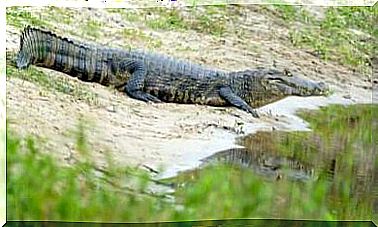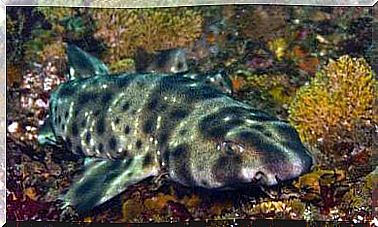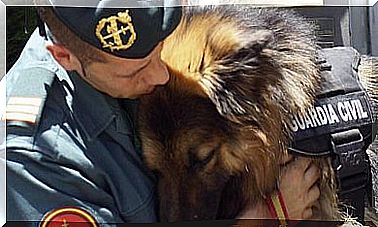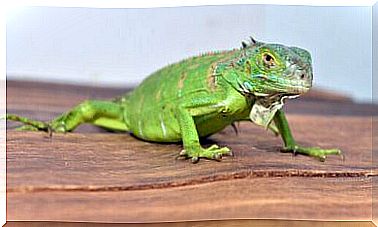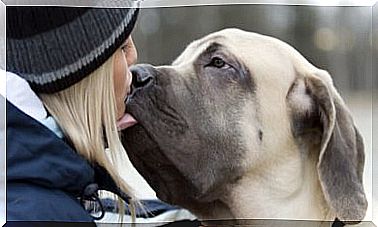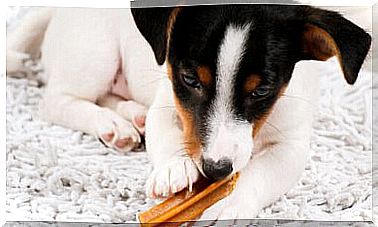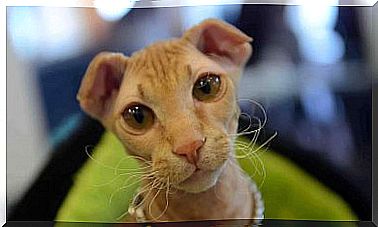You Too Can Help The Young Swift In Distress
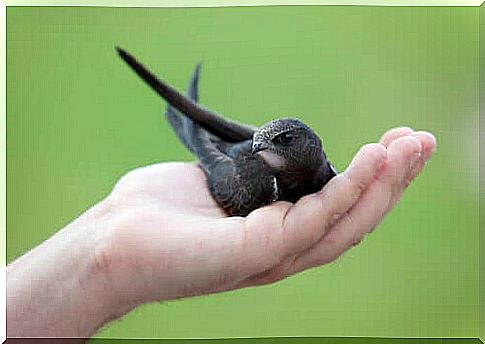
The Eurasian swift ( Apus apus) is a species of apodiform bird typical of Africa and Eurasia. During the periods of summer migration, the species moves to southern Europe and it is therefore easy to find specimens even here. If you find on the ground a swift cub in distress, you can help before it becomes easy victim of predators.
Unlike the domestic rooster, the swift remains most of the time in the air: it reproduces, sleeps and copulates by flying, giving way to an absolutely fascinating phenomenon. Its body is totally adapted to the aerial life, with a complex wing morphology and very short legs.
For this reason, the fall of a small specimen from its nest is a death sentence, being still unable to take flight on its own. In this article we explain what to do if you find a baby swift in trouble.
Let’s get to know the Swift better
First you need to identify the animal:
- It is a bird with a crossbow-shaped silhouette, short and forked tail, narrow and long wings.
- It is covered by a black plumage with a light gray spot on the throat, almost imperceptible at medium distance.
- The adult has a length of about 16 cm, with a wingspan ranging from 42 to 48 cm.
- This species remains in flight for 9 consecutive months of the year. They stop only to lay eggs, incubate them and raise the young.
Before deciding to take care of a young swift found on the street, you need to make sure that it is exactly this species. If this were not the case, we would risk giving it the wrong care or, even worse, removing it from its nest despite not running a real risk (as in the case of a specimen of another species that fell to the ground during a flight test).
When you are absolutely certain that the animal in danger is a Eurasian swift, you can follow the rules for the rehabilitation of small birds that we list below.

Basic care for a distressed common swift
There are specific aspects to take care of each different species of bird. The most important thing, however, is always to act quickly, as every second can make a difference for the survival of the chick. The first two steps to follow are essential:
- Moisturize the animal. It is possible that the little one is dying from lack of water and too much exposure to the sun. First, dissolve a teaspoon of sugar in water and let the animal swallow it. To administer the liquid, equip yourself with a syringe to insert gently into the opening of the beak, without going deep, to avoid suffocating it.
- Give it shelter. Place it in a box well away from windows to avoid direct contact with sunlight. Choose a cardboard or plastic container, very spacious (at least 40 cm in diameter) and without bars or edges, so that the animal cannot get hurt. Once placed in the box, be sure to let it rest to prevent it from dying from too much stress.
Once the first few hours have passed, if it has responded well to hydration and has no injuries, the animal is likely to make it. Now is the time to take care of its nutrition.
Swift in trouble: what does it eat?
The task of feeding the swifts is complex, since they are only insectivorous birds. You will then have to go to an exotic pet store (or search online) to find the so-called live food: crickets, grasshoppers, honeyworms or flour baths, among others.
Initially it will be necessary to feed the baby swift in difficulty by giving it an insect every half hour (during the day), while later on you can switch to a portion of 15 insects every 3 hours. It is also important to add vitamin supplements once a day, which can be found at the same exotic pet food store.
At this link you will find other useful details to rescue a swift in difficulty, to follow if you have any doubts.
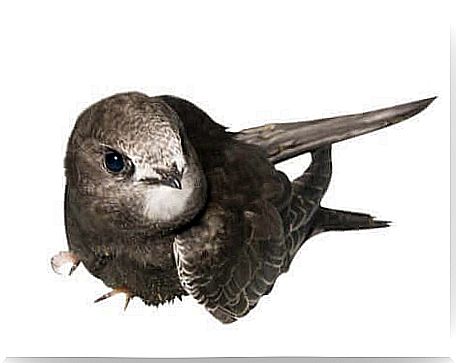
The goal is to let him loose
You need to remember that your goal should be to free the small swift from the ground. The right time will be when the feathers have reached their maximum development and the animal has an adult appearance.
For this, we emphasize the importance of not forgetting that it is a wild animal. It is not a pet to play and interact with, as it is made to live in freedom and autonomy.
